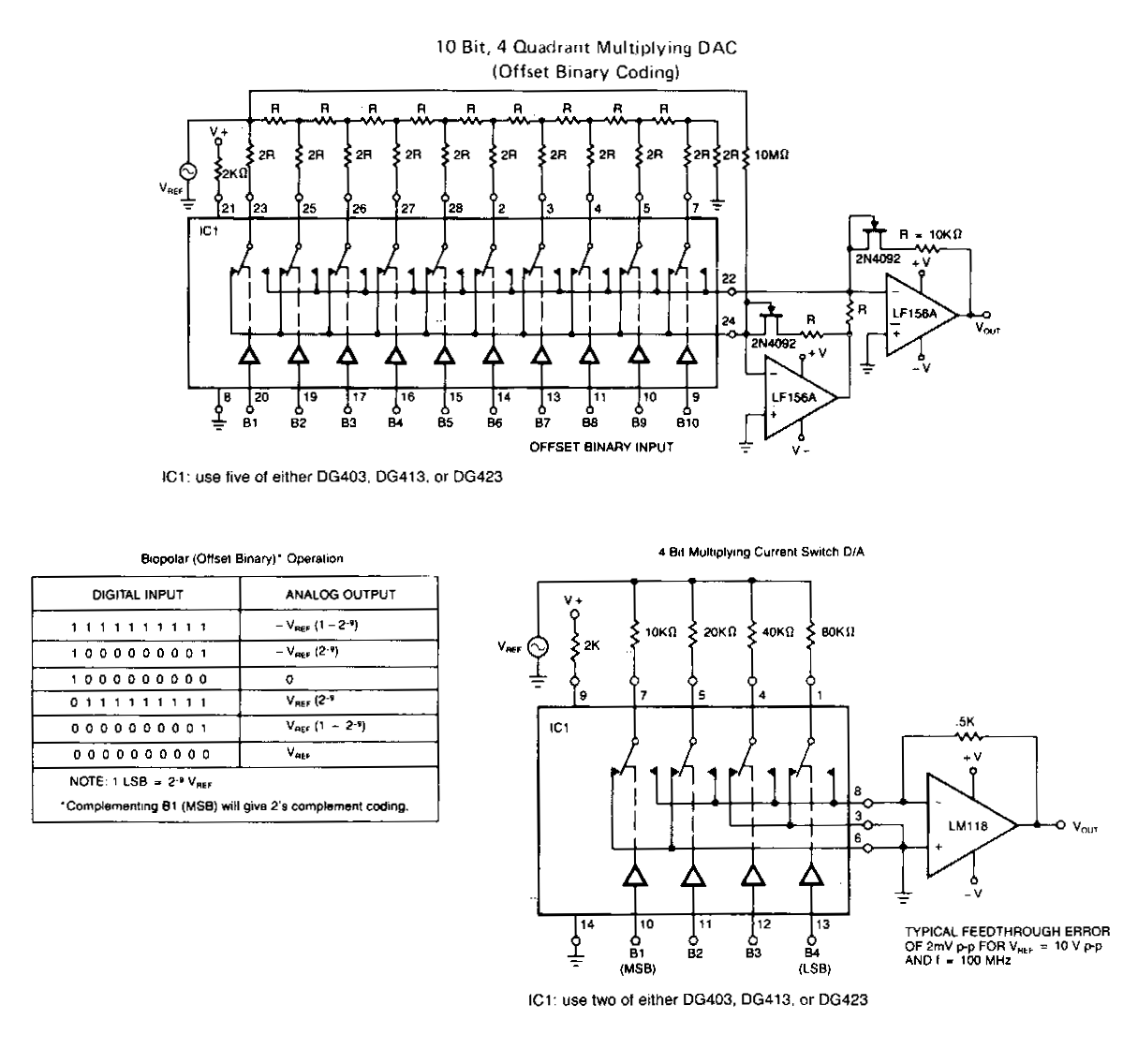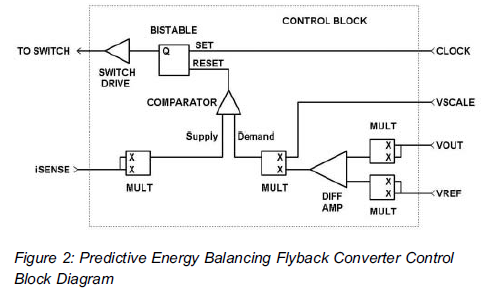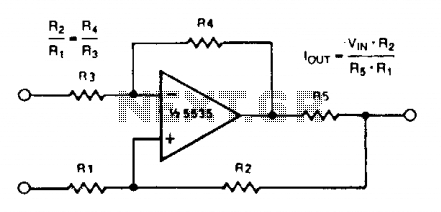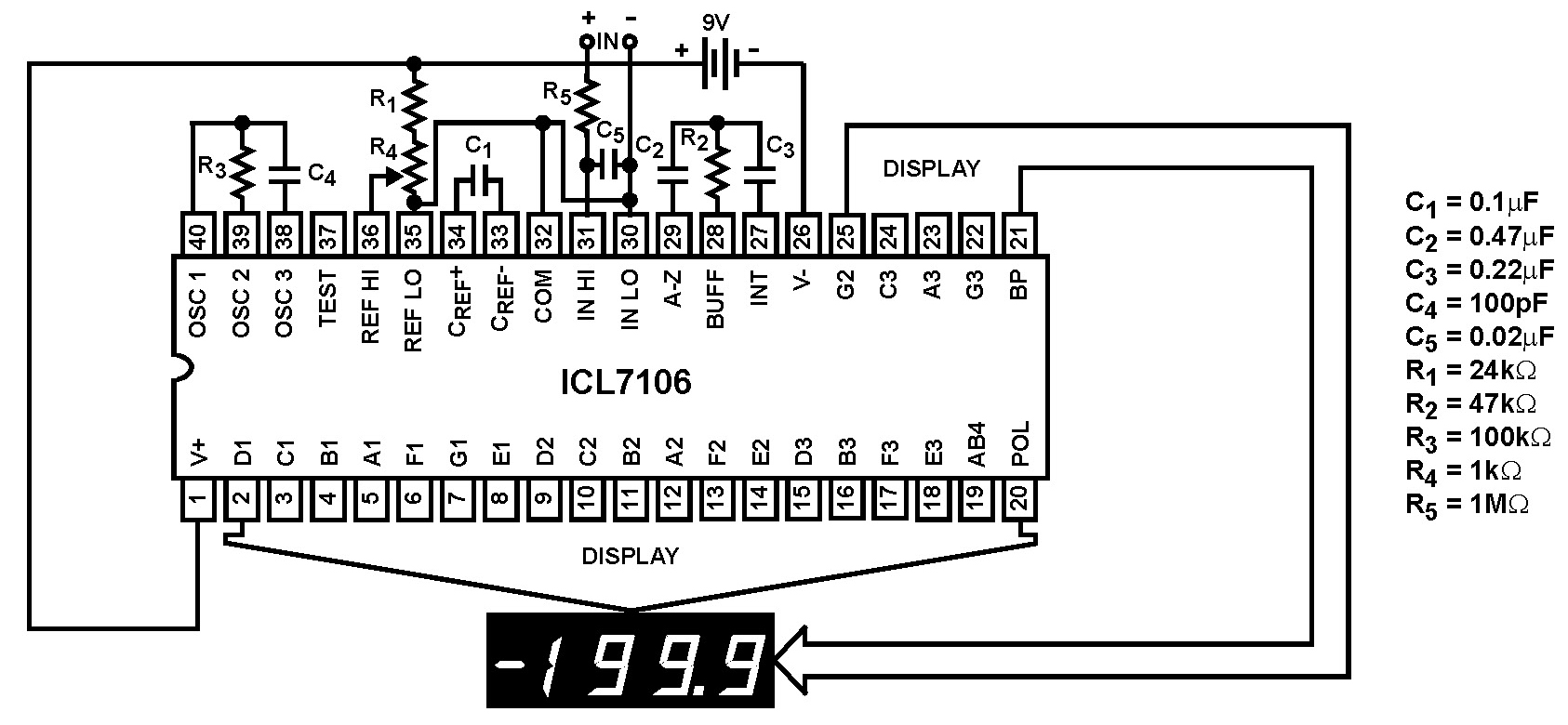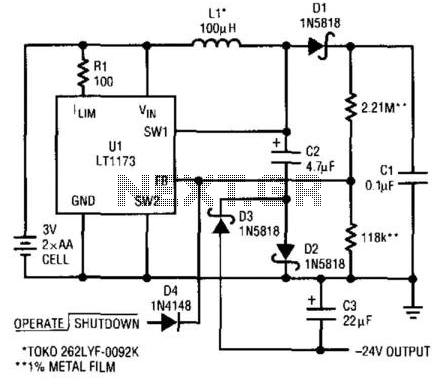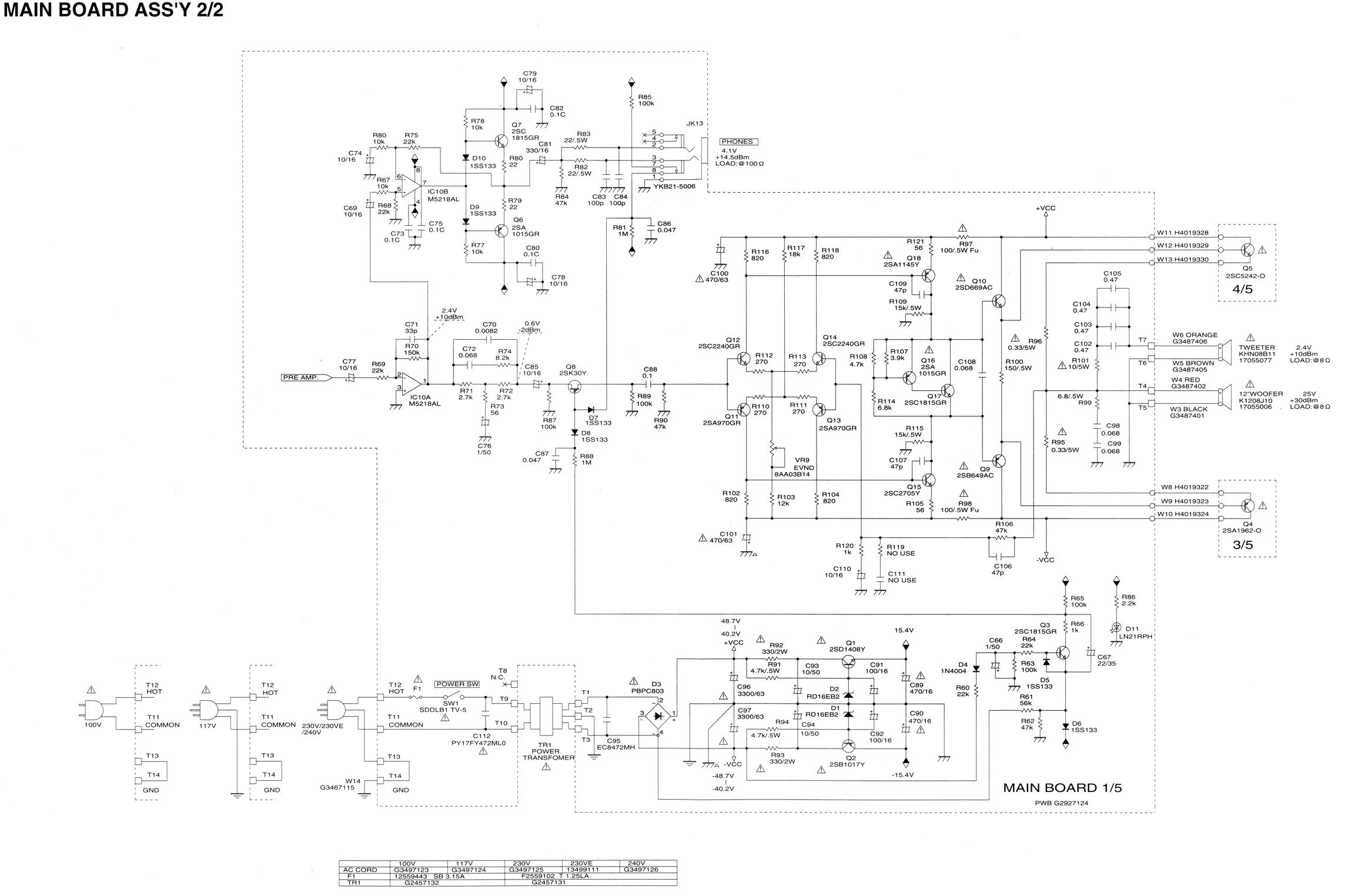
Some thoughts on DC/DC converters

Many systems require that the primary source of DC power be converted to other voltages. Battery-driven circuitry is an obvious candidate.
In many electronic applications, it is essential to convert a primary source of direct current (DC) power into various voltage levels suitable for different components within a system. This conversion is particularly relevant in battery-operated devices where the nominal voltage of the battery may not match the voltage requirements of the electronic circuitry.
To achieve this, DC-DC converters are employed. These converters can step up (boost) or step down (buck) the voltage levels, ensuring that all parts of the circuit receive the appropriate voltage. A common configuration for such converters includes the use of inductors, capacitors, and switching elements such as transistors or MOSFETs.
For instance, a buck converter reduces the input voltage by switching the transistor on and off, controlling the energy transferred to the inductor. When the switch is closed, current flows through the inductor, storing energy in the magnetic field. When the switch opens, the inductor releases energy to the output capacitor and load, resulting in a lower average output voltage.
Conversely, a boost converter increases the voltage by using a similar switching mechanism but incorporates an inductor that stores energy when the switch is closed and releases it at a higher voltage when the switch is opened.
The efficiency of these converters is a critical design parameter, often exceeding 90% in well-designed circuits. Factors influencing efficiency include switching frequency, component selection, and layout considerations.
In summary, the conversion of battery voltage to required levels in electronic circuits is a fundamental task that enables the operation of various devices, enhancing their functionality and performance through the use of DC-DC converters.Many systems require that the primary source of DC power be converted to other voltages. Battery driven circuitry is an obvious candidate.. 🔗 External reference
In many electronic applications, it is essential to convert a primary source of direct current (DC) power into various voltage levels suitable for different components within a system. This conversion is particularly relevant in battery-operated devices where the nominal voltage of the battery may not match the voltage requirements of the electronic circuitry.
To achieve this, DC-DC converters are employed. These converters can step up (boost) or step down (buck) the voltage levels, ensuring that all parts of the circuit receive the appropriate voltage. A common configuration for such converters includes the use of inductors, capacitors, and switching elements such as transistors or MOSFETs.
For instance, a buck converter reduces the input voltage by switching the transistor on and off, controlling the energy transferred to the inductor. When the switch is closed, current flows through the inductor, storing energy in the magnetic field. When the switch opens, the inductor releases energy to the output capacitor and load, resulting in a lower average output voltage.
Conversely, a boost converter increases the voltage by using a similar switching mechanism but incorporates an inductor that stores energy when the switch is closed and releases it at a higher voltage when the switch is opened.
The efficiency of these converters is a critical design parameter, often exceeding 90% in well-designed circuits. Factors influencing efficiency include switching frequency, component selection, and layout considerations.
In summary, the conversion of battery voltage to required levels in electronic circuits is a fundamental task that enables the operation of various devices, enhancing their functionality and performance through the use of DC-DC converters.Many systems require that the primary source of DC power be converted to other voltages. Battery driven circuitry is an obvious candidate.. 🔗 External reference
